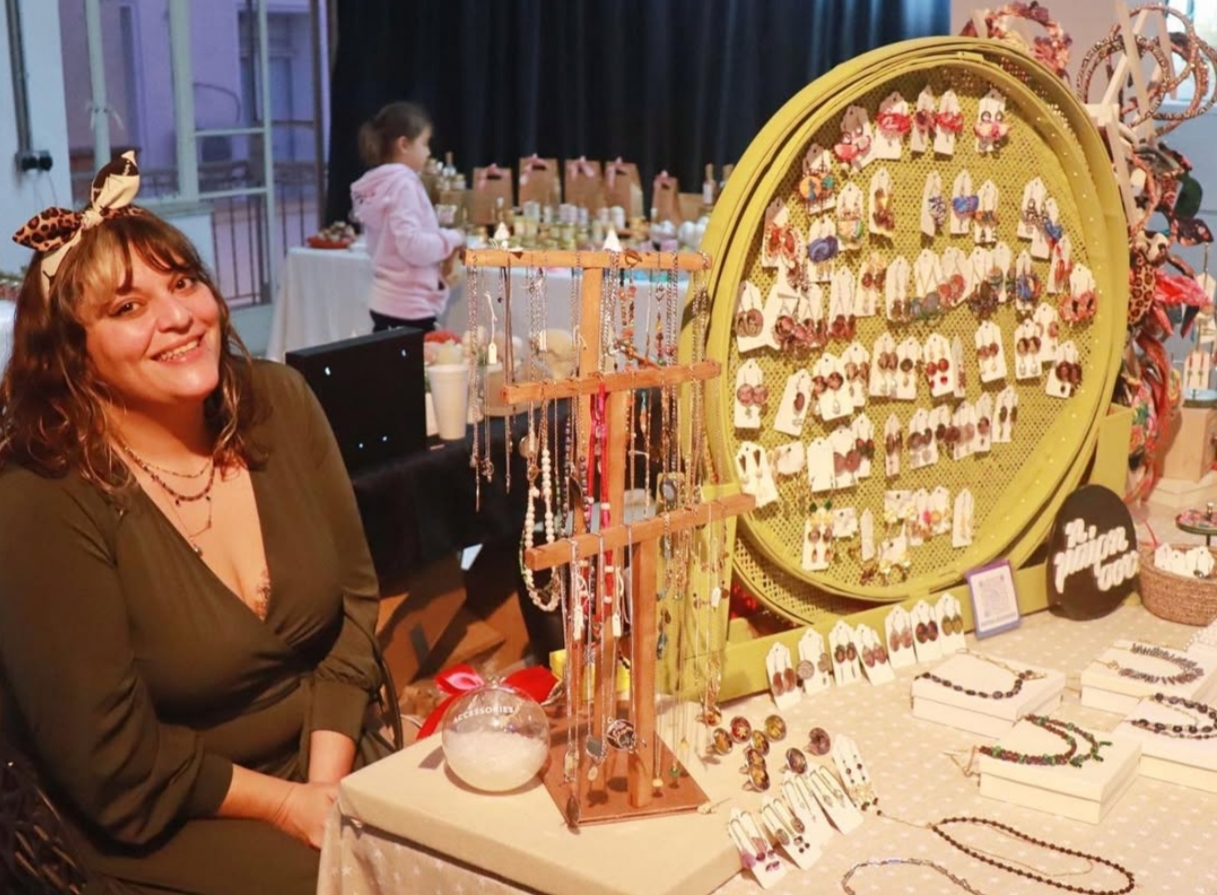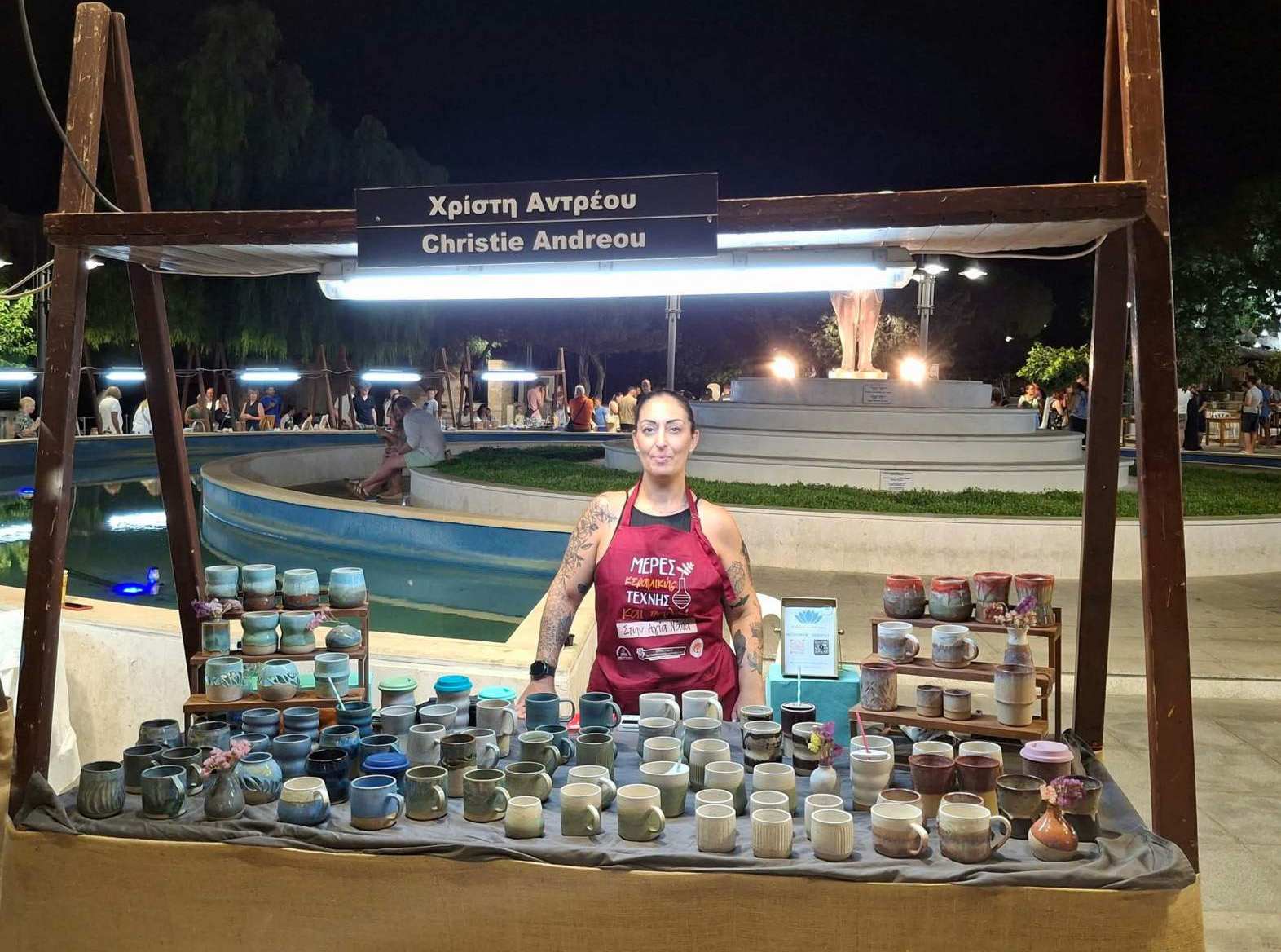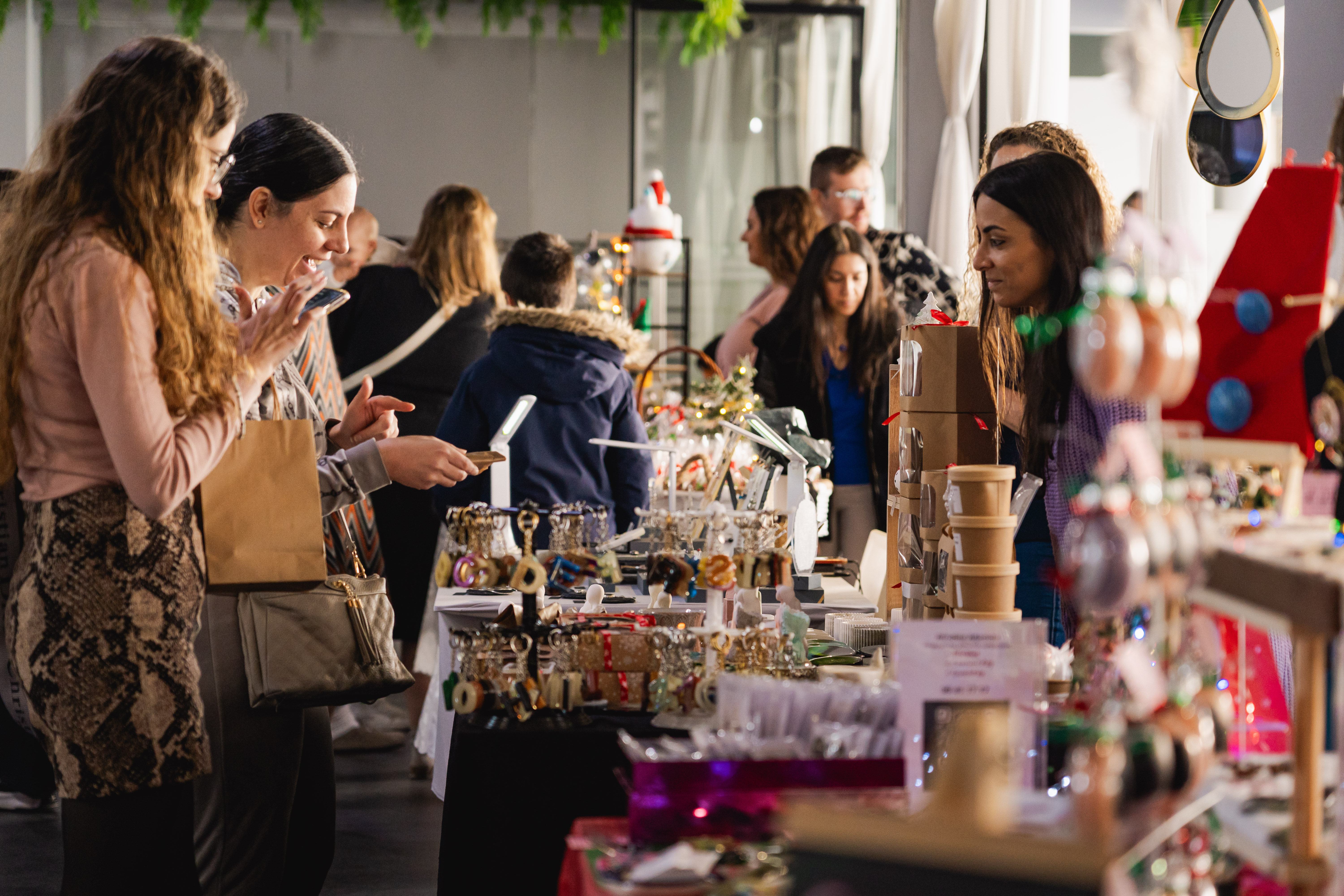Deck the stalls: artists and organisers share secrets on how to ace this market season
With December just around the corner, the busiest time of the year is approaching. The season, packed with festive events and markets, is an eagerly awaited period for one group in particular – artists. Many of them depend on the season’s sales, yet Christmas markets can be make or break.
Is there a secret to making better sales, setting up your stall and making the most of the markets? We ask experienced market organisers and sellers to share their insider knowledge.
“The festive season is always a good idea for someone who’s taking their first steps as a vendor since most events are bound to be more successful in terms of attendance,” says MarySou, an accessories designer who has been participating in markets for nearly two decades.

“What is useful to know is that this procedure begins at least two-three months before the events, so it is essential to follow announcements to stay updated on the dates and secure a place.”
Once you have a spot, the real work begins. Apart from making crafts, there is ensuring you have gift bags, business cards, a money box, tablecloths, price tags, enough supplies, active social media and décor for your stall. That is an often-overlooked but vital part of standing out in a market.
How you set up your stall can draw in or push away customers. “A printed brand name, QR codes for payment methods or your socials and good lighting are non-negotiables,” says Christie Andreou from A Lotus in the Mud, whose ceramics stall gathers the crowds. Poorly lit stalls can make even the best work go unnoticed.

A strong display is also about balance, having enough products to show variety, but not so many that visitors feel overwhelmed. “It is so easy to overload a table when you are eager to show your work,” says Luzdary Hammad Stavrou, the founder of the Handmade In Cyprus markets that are about to take over Nicosia’s Eleftheria Square for six weeks, from November 29 to January 4.
“Packed stalls are overstimulating. It’s best to put less and keep more stock underneath your table.”
If stuck on how to set up your table, study the scene. Go to markets, meet vendors, research online, and observe what equipment is used or if products are displayed at various heights (a recommended practice). Notice which stalls you are attracted to and why.
Another must is price tags. Clearly stating how much your items cost eliminates awkward money conversations. “After all,” adds Luzdary, “it’s not a secret. Someone can either afford your items or they can’t.”
More often than not, it is not just these details that play a role, but the person. Vendors and organisers agree that the person behind the art, their story and personality, is a brand’s biggest selling point. A warm, friendly vendor naturally draws people in, and that human connection can favour a sale.

“Items don’t sell themselves,” explains Luzdary. “We live in a world where we see products continuously. What makes handmade products unique is how artists make them, their materials, how they got there and why. Let your personality out.”
MarySou echoes the sentiment. “Remain positive throughout the event and focus on the gains that will come out of this,” she says. “It’s such a cliché, I know, but no one is going to approach a miserable-looking vendor, they are here to have a good time and be inspired.”
Of course, markets can be long and tiring, so it’s not always easy to maintain that enthusiasm. Yet, a frowny vendor on their phone is likely to be left alone. Taking breaks, resting well beforehand and leaning on fellow vendors – comrades in the market marathon helps. The connections made there, both with visitors and fellow artists, can bring new collaborations, and that is an underrated magic of markets.
“Vibes are contagious, people can feel if artists are excited to be there,” Luzdary says.
Different personalities approach markets differently. Extroverts may find it easy to chat with visitors, while introverts might need to gather courage to start. But, as MarySou points out, a simple “hello” is a good place to start.
“Try to read the room with each individual. Some prefer to be left alone and come to you when they are ready, while others might enjoy some small talk or a little introduction to your work.”
In reality, gearing up for a successful market begins before you even arrive. It begins with posting about it. Stories, reels, and posts sharing the news, small glimpses of your work in progress or what you will display, create anticipation. This is a collective effort from the organisers and the artists themselves, Luzdary explains, and an essential step.
“Show what you are going to sell, not just the event poster. People might see something they like and come specifically for that or even buy from you online if they can’t come to the market.”
A market is never just about the sales, though. “It’s all about seeing the bigger picture,” Luzdary says. “Sales on the day matter, but the sales and future commissions that are going to come later are also important.”
“A successful market begins with what you make,” concludes Christie. “A product made with effort, skills, attention to detail, dedication to quality, and fairly priced is essential. Connecting with people who appreciate handicrafts has slowly turned into my aim at these markets. Loyal customers and connecting with fellow artists also bring me a sense of community.”
When the markets appear, it is a chance for the collective to get together and for the public to support Cyprus’ creatives by finding unique gifts. So, vendors and visitors – give it your all, be open and curious. There’s a busy market season ahead!







Click here to change your cookie preferences